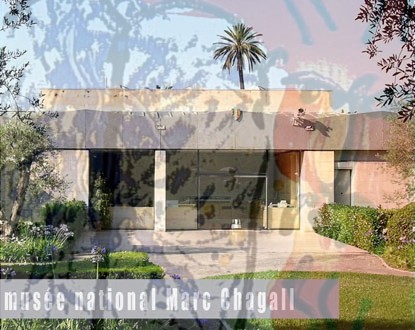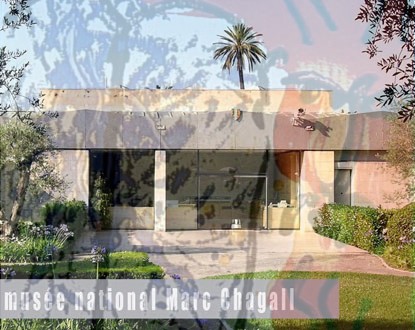Inauguration this Saturday, October 20, 2012, at 11 a.m. at the Marc Chagall National Museum in Nice of the exhibition organized by the national museums of the 20th century in the Alpes-Maritimes and presented from October 20, 2012, to February 11, 2013.

In 1923, in Berlin, he discovered the practice of engraving by illustrating “My Life,” a collection of his childhood memories. He then continued to show interest in illustrating the most varied texts: foundational texts like the Bible and the Odyssey, classic texts like Shakespeare’s “The Tempest,” and texts by friends, as he maintained strong and lasting connections with many writers and poets throughout his life. His contributions to art reviews were highly sought after post-war.
From the 1930s, he emerged as one of the masters of engraving, intent on transposing into the modulations of black and white the values of color and restoring the rhythm and atmosphere of a story without sacrificing his own interpretation. At the end of the Second World War, still a refugee in the United States, he discovered lithography and its advantages in terms of color with the publication of “Four Tales for Arabian Nights.” This technique then became his preferred mode of expression for illustration.
The exhibition presents a significant portion of the books illustrated by Marc Chagall as well as paintings and gouaches linked to each of them.
Elisabeth Pacoud-Rème



